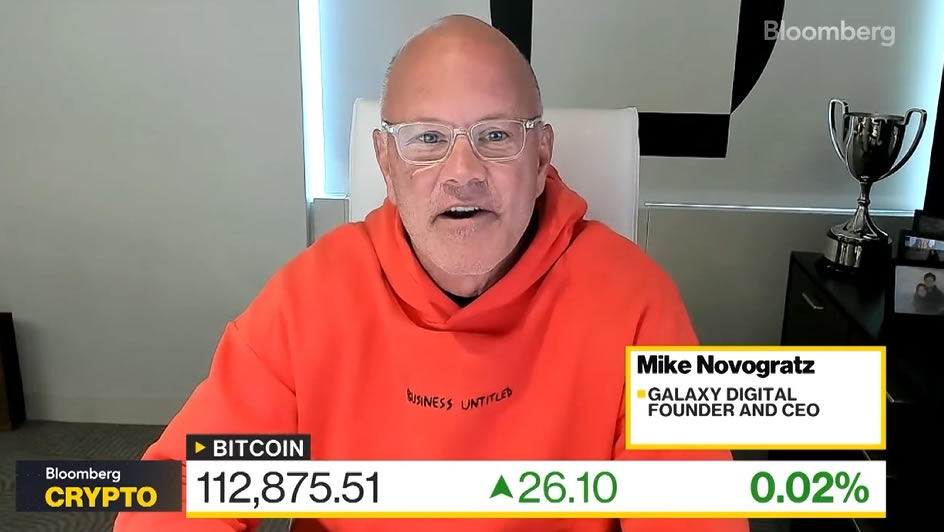US crypto legislation, led by the GENIUS Act and the CLARITY Act, is set to expand retail and institutional crypto participation, says Galaxy Digital CEO Mike Novogratz—potentially breaking the traditional four-year Bitcoin halving-driven cycle by making stablecoins and crypto services widely usable and legally clear.
-
Legislation clarity will increase crypto participation
-
Stablecoin legality and clearer regulator roles drive new on-ramps for users
-
Market dynamics may shift away from the four-year Bitcoin halving pattern; leverage flushouts temporarily impact sentiment
US crypto legislation could reshape market cycles—learn how GENIUS Act and CLARITY Act drive new participation and what investors should watch next. Read more.
What will US crypto legislation change for market participation?
US crypto legislation will broaden legal pathways for stablecoins and clarify agency jurisdiction, unlocking mainstream and institutional access to crypto. This clarity should increase on-ramps for users and apps, reducing legal frictions that previously limited mobile and social app use of stablecoins.
How could the GENIUS Act and CLARITY Act alter the crypto cycle?
By defining stablecoin rules and regulators’ roles, the GENIUS Act and the CLARITY Act make it easier for wallets, exchanges, and platforms to integrate crypto. Mike Novogratz said these laws will “unleash a tremendous amount of new participation in crypto,” which could mean the market no longer follows a strict four-year halving-driven pattern.
Many market observers tie major crypto rallies to Bitcoin halvings. The last halving in April 2024 marked the start of the current cycle for some analysts. Novogratz argues that with new on-ramps, investors may not sell at traditional peaks as they did in 2017 and 2021, altering price rhythms.

Mike Novogratz appearing on Bloomberg on Tuesday. Source: Bloomberg
Why do leaders call the CLARITY Act a “freight train”?
Industry executives, including Coinbase leadership, have described the CLARITY Act as inevitable because it delineates the responsibilities of financial regulators for crypto. Clear jurisdiction reduces regulatory uncertainty and encourages firms to expand services.
When might Congress act on crypto market-structure bills?
Lawmakers have indicated potential action windows in coming months. Representative-level commentary suggests committees are preparing for floor consideration, and industry leaders expect momentum to continue. Publication and committee schedules are tracking toward possible votes in the near term.
Frequently Asked Questions
How will stablecoin rules affect mobile and social apps?
Clear stablecoin regulation lets app developers integrate payments and wallets with less legal risk. Users could access stablecoins directly within social and mobile platforms, increasing daily active crypto usage and merchant acceptance.
Who said the CLARITY Act is certain to pass?
Industry leaders, including executives in major crypto firms, have publicly expressed confidence that the CLARITY Act will gain momentum in Congress due to bipartisan interest in market structure clarity.
Key Takeaways
- Legislative clarity matters: Clear rules for stablecoins and regulator roles lower barriers to mainstream adoption.
- Market cycles may shift: New participation could decouple price rhythms from historical four-year halving patterns.
- Short-term volatility remains: Leverage flushouts and token-specific selling can still trigger pullbacks; fundamentals change more slowly.
Conclusion
US crypto legislation, led by the GENIUS Act and the CLARITY Act, is poised to expand access and legal certainty for stablecoins and crypto services. As Mike Novogratz notes, broader participation could alter traditional market cycles. Watch regulatory progress and on-chain flows to assess how adoption changes price dynamics.





